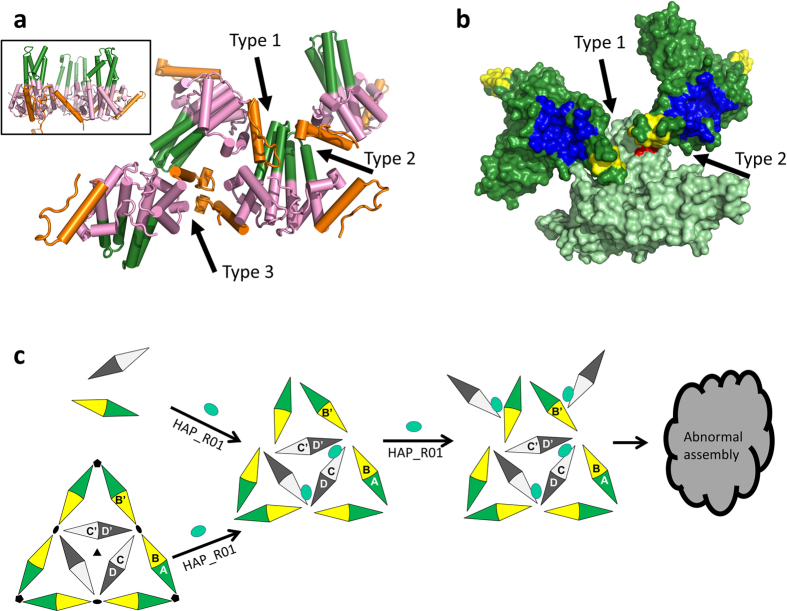Figure 5. The novel crystal packing suggests a working model of HAP-induced mis-assembly.
(a) Packing of tetragonal (Space Group: P41212) Y132A crystal showing three different types of interfaces. The spike tip (G63-G94) is colored in green. The intersubunit contact domain (G111-C-terminus) is represented in orange. Black arrows indicate type 1 (spike-to-contact), type 2 (contact-to-spike) and type 3 (contact-to-contact) interfaces, respectively. Inlet represents a typical side-by-side packing from P1 crystals. (b) Surface representation of type 1 and type 2 interfaces. Y132A structure is colored in light green. Two neighboring symmetry mates are colored in dark green. The concave for HAP binding on the symmetry mates are colored in blue. The cap for HAP binding on the symmetry mates is colored in yellow. Red surface highlights the photoaffinity labeling site Y88 by HAP_R01_PL3 and HAP_R02_PL3, which is close to the cap in this new crystal packing. The spike tip and cap may create a potential pocket to bind HAP. (c) HAP can accelerate dimer assembly and disrupt preformed capsid. HAP predominantly binds to dimer interface and enhances assembly kinetics at low concentration. With excess of HAP, new contact formats are created as HAP perturbs the thermal dynamics of normal assembly.

